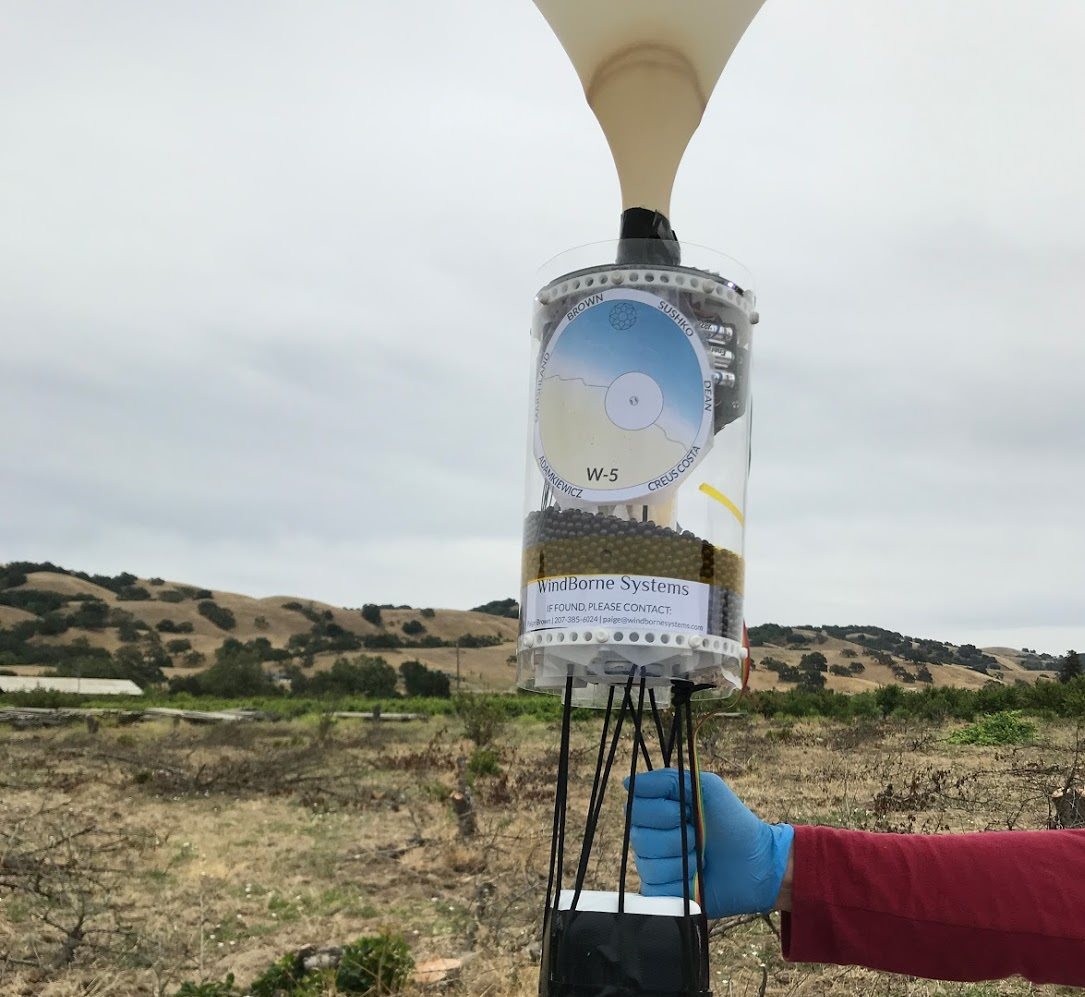
Weather balloon from Stanford University crash lands in the MD of Taber
MD OF TABER, AB – It’s a bird, it’s a plane, it’s a weather balloon!
Late Tuesday, July 2, Peace Officers in the MD of Taber received a phone call from Stanford University in California alerting them that a weather balloon had made an emergency landing in the area.
A weather balloon carries instruments to gather data such as atmospheric pressure, temperature, humidity and wind speeds by using a small measuring tool called a radiosonde.
The balloon that landed in the MD of Taber held all required permits and permissions, according to a notice from the M.D. of Taber Regional Community Peace Officer Program.



